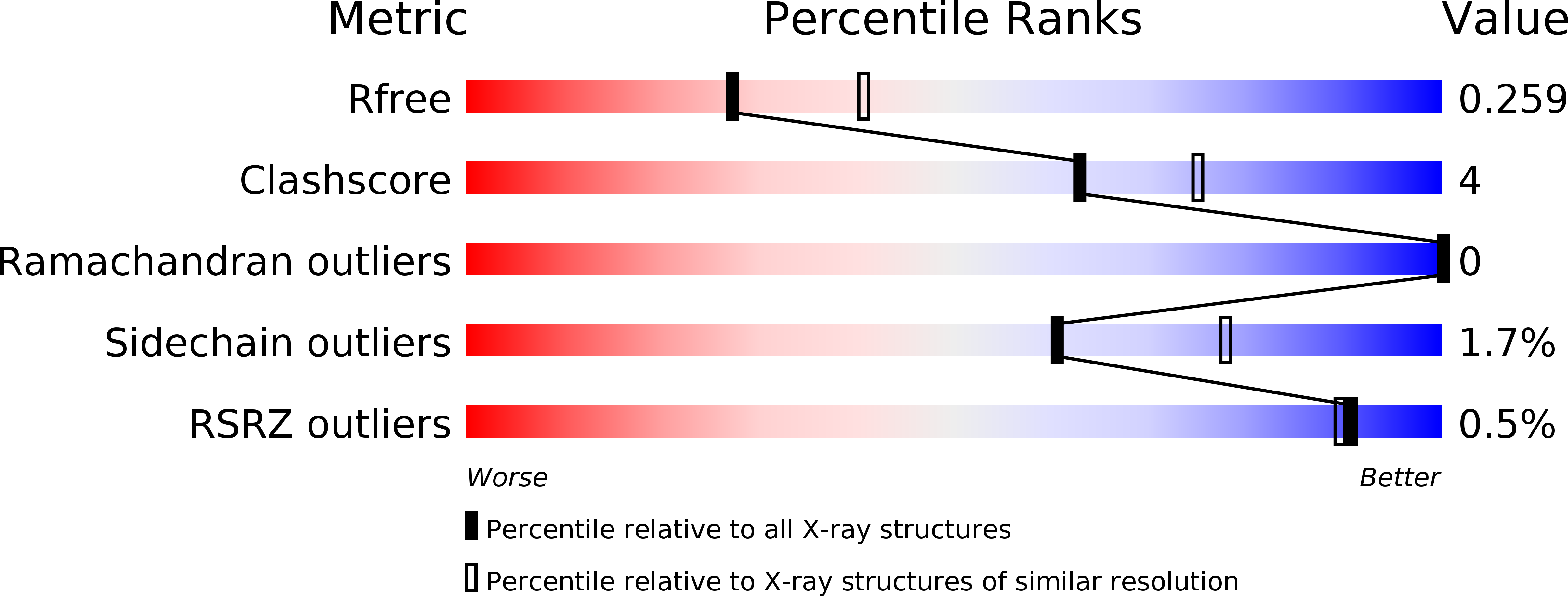
Deposition Date
2014-06-02
Release Date
2014-10-08
Last Version Date
2024-10-23
Entry Detail
PDB ID:
4TN0
Keywords:
Title:
Crystal Structure of the C-terminal Periplasmic Domain of Phosphoethanolamine Transferase EptC from Campylobacter jejuni
Biological Source:
Source Organism:
Campylobacter jejuni subsp. jejuni HB93-13 (Taxon ID: 360112)
Host Organism:
Method Details:
Experimental Method:
Resolution:
2.40 Å
R-Value Free:
0.25
R-Value Work:
0.21
R-Value Observed:
0.21
Space Group:
C 2 2 21


